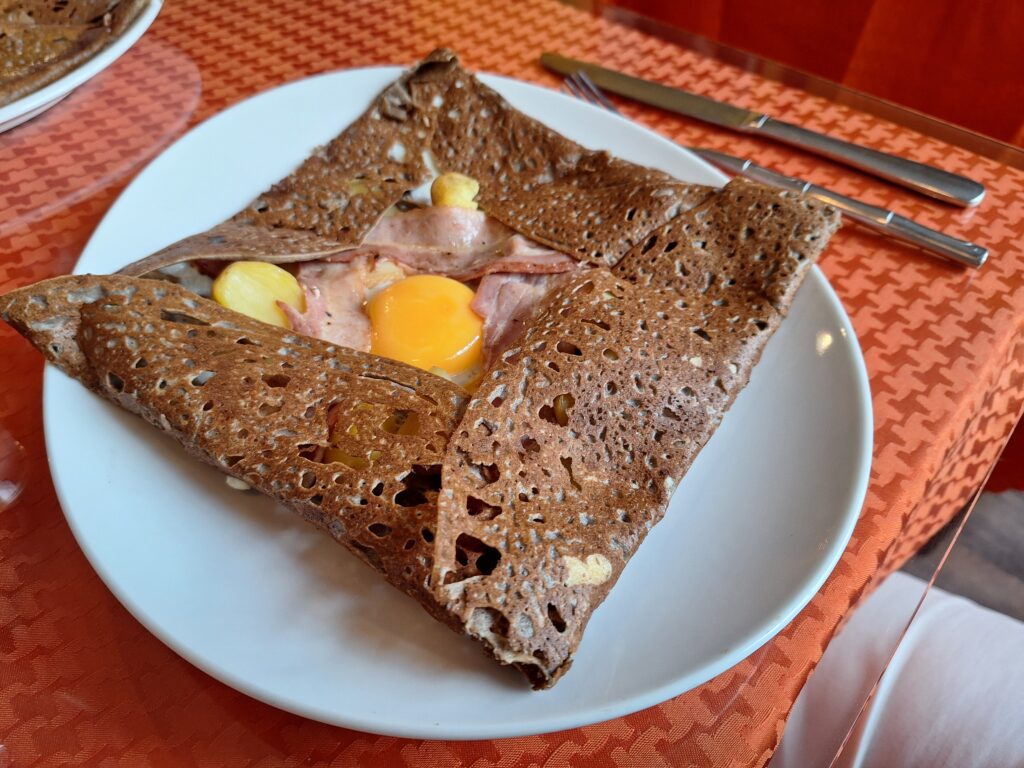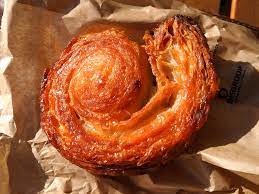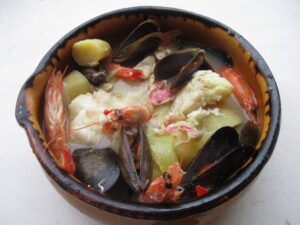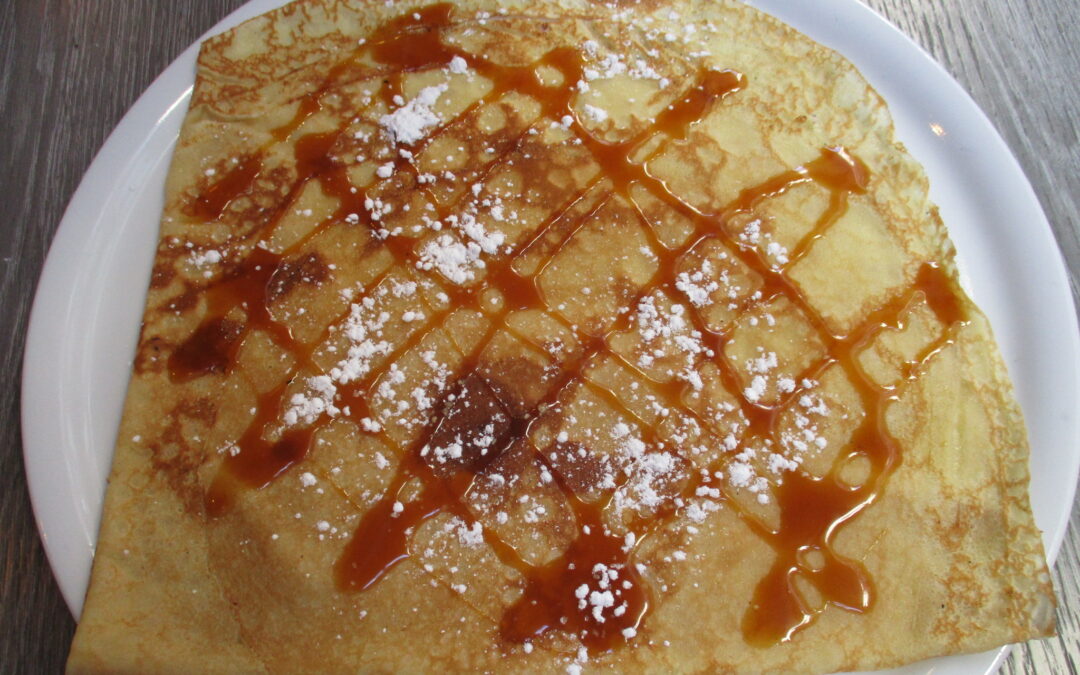Tasting Brittany: Discover the Specialties of Brittany
In the magical region of Brittany, as in other regions of France, there are food and drink specialties that are woven into the history and culture of the place. To visit and enjoy Brittany is to try, learn about, and savor its specialties. There are many of them!
Brittany, called Breizh in the Breton language, has a unique Celtic culture and historic roots. The landscape is also notable, with rocky cliffs along waterfronts and channels, salt marshes and flats, and soil perfectly suited to the specialties for which Brittany is famous.
Let’s Talk About Crêpes
The most famous Brittany specialty is crêpes. Many people know crêpes are from France, but they originated in Brittany. You’ll find savory crêpes, called galettes, and dessert crêpes, called fromont. Genuine savory galettes are made from buckwheat flour, resulting in a crisp and golden texture. Dessert crêpes are made with flour, for a softer exterior that marries well with sweets.
A crêperie might have a long list of choices of fillings, or just a few. The classic is called La Complete, with ham, cheese, and egg. (Kind of like breakfast, but these are eaten at lunch or dinner.) Then you can have many combinations, including local seafood, spinach and cheese, local sausage, and many more.
Dessert crepes are often simpler, with a drizzle of salted caramel and whipped cream, all the way to chocolate, coconut, and ice cream. Typically, you’ll have a savory galette for your meal accompanied by cidre (see below), followed by a sweet crepe. You won’t leave hungry. You can find these crepes all over France now, but Brittany is the source of this wonderful meal!

Brittany savory crepe
One “street food” variation on crepes is the popular Galette-Saucisse, a buckwheat crepe wrapped around a local sausage.
Pastries
A hallmark of Brittany pastry is butter, and more butter. Many of its treats are simply flour, sugar, and butter. Butter from Brittany is salted, unlike butter frequently used in the rest of France. (Of course, you can buy either one in grocery stores.) In fact, Brittany is the home of the largest salt flats in the country, in Guérande.. In Guérande, the salt has been hand-gathered for centuries.
The top of the list for Brittany pastries is Kouign-Amann (which means butter cake. Amann means butter in Breton.) You can find this decadent treat all over Brittany. It consists mainly of bread, butter, yeast, and sugar. It is pronounced “queen-ya- MAN.”

Kouign-Amann
Far Breton is a flan traditionally made with prunes, but can be served with other fruits or even plain. It has low sugar, so is suitable for a snack or breakfast.
Le Gateau Breton is a cake version of the Kouign-Amann, but more cake-like in texture. Again, you taste the buttery flavor mixed with sugar.

Palet Breton
A Palet Breton is a buttery, crumbly cookie, easy to take on a picnic!
Salted butter caramel is now known across the world, but originated here in Brittany. You can find this flavor in sauce on your crêpe, in ice cream, or in caramels themselves found in confection shops.
Other cakes made with the same flour and butter combination but with fruit added are available too, to enjoy both flavors at once. Some of these are: Le poiré de Mamm-Gozh (Grandma’s Pear Cake), and la renverse de framboise (upside-down raspberry cake.)
Beverages
Most of the regions in France have their own wine culture, but Brittany has something different: cidre (pronounced SEE-druh.) It isn’t like apple cider you may know. It’s more like a cross between the taste of cider and beer, and is traditionally served with crepes in a ceramic cup with no handle, called un bol. There are three types varying in sweetness, but the two most common are brut, less sweet, and doux, sweeter. Along with cidre is chouchen, a local mead.
Other good stuff
And that’s not all! Here’s a list of other assorted specialties of the region. There’s something for everyone!
Seafood is very important in Brittany, since it is surrounded on three sides by water. Fishing and shellfish gathering is a long-standing activity and profession in the area. Look for scallops, mussels, and oysters along with lobsters and fish. The town of Cancale is famous for oyster farming and has an oyster market. Bass and mackerel are abundant in the area as well.
The Breton lobster is also known as le petit bleu for its bluish shell color. People love the sweet, firm flesh of this lobster.
 Kig ha farz is a pork stew from the Finistre department (like a county) that contains vegetables, pork, dumplings, melted butter, and shallots)
Kig ha farz is a pork stew from the Finistre department (like a county) that contains vegetables, pork, dumplings, melted butter, and shallots)
Cotriade is another stew, this time with fish. Unlike the Provence bouillabaisse, it contains no shellfish.

Cotriade: Breton fish stew
Brittany is rainier than other parts of France. The produce benefits from that with wonderful cauliflower and artichokes. Plougastel strawberries are a specialty as well. They aren’t grown in hothouses, but their flavor is influenced by the Breton soil.
Sweet pink onions of Roscoff are tiny onions often sold in markets tied together like a ribbon. They are slightly sweet & fruity.
Plateau de fruits de mer : if you have the chance to order this (platter of seafood), you should, because it’s the freshest seafood you’ll get here, right off the shores. Some selections will be cooked, others raw.
If you like mussels, try the Moules Marinières, which are mussels steamed in white wine, shallots, and parsley.
A lamb specialty of the region is called Agneau Prés-salés. Agneau means lamb, and Prés-salés refers to the salt marshes where the lambs graze on salty grasses, near the bay of Le Mont Saint Michel (Brittany side).
So, as you can see, there’s a lot more to eat in Brittany than crepes! But you should definitely try those, eating the French way with a bol of cidre, along with many other delicious choices!
Related Posts
Brittany Charm: 8 Towns You Must See
Highlights of Eastern Brittany, France





